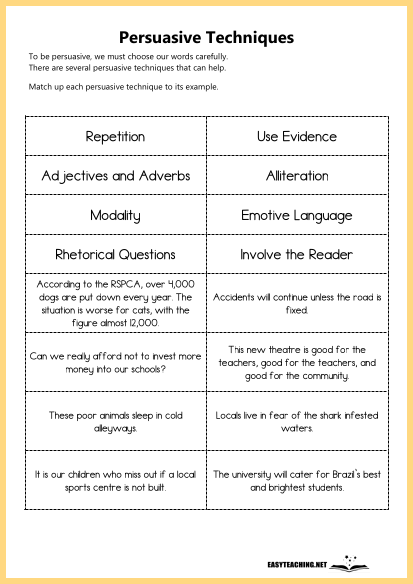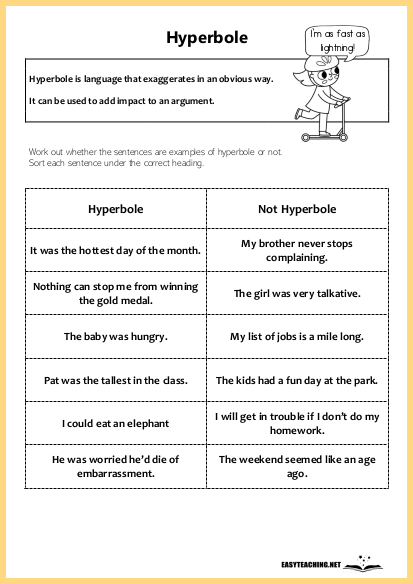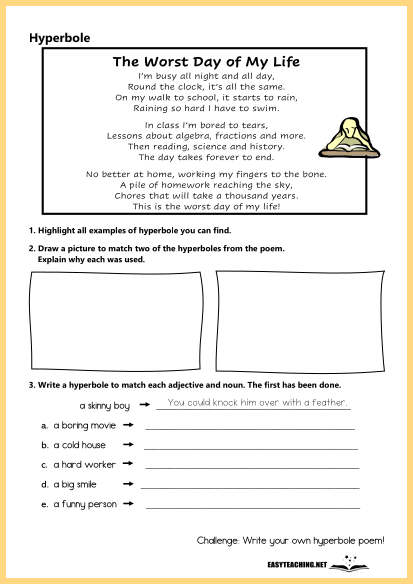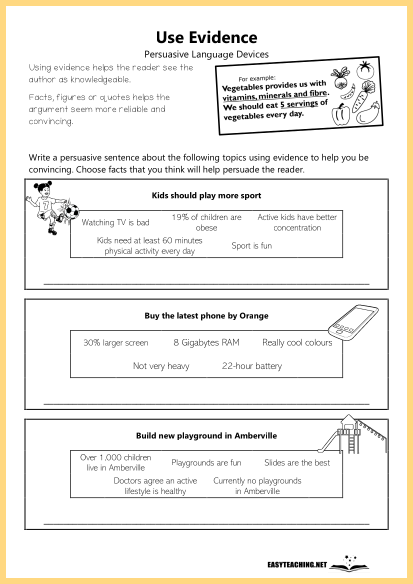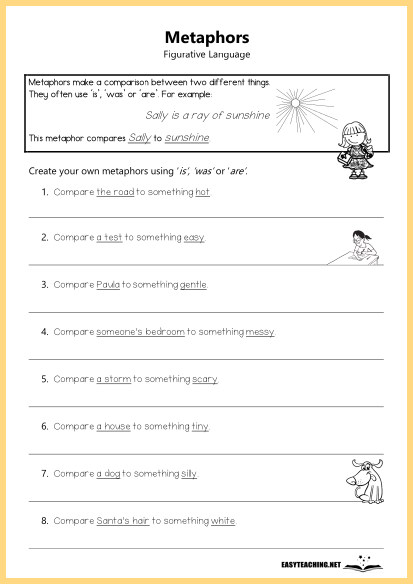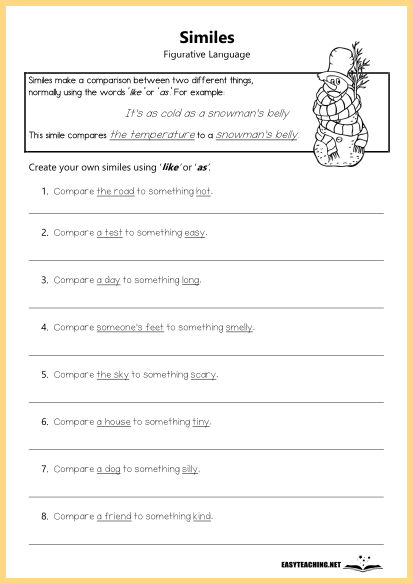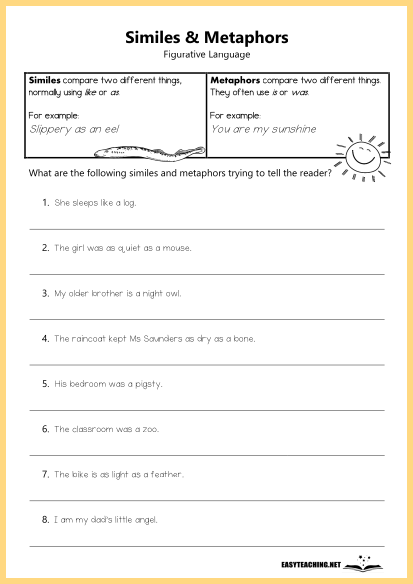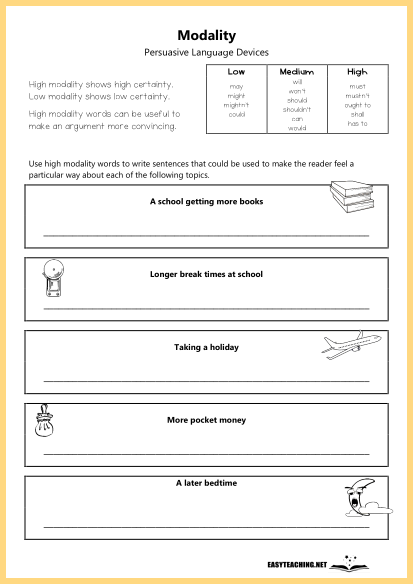Blog / Literacy
Persuasive Devices: Techniques for Student Writers
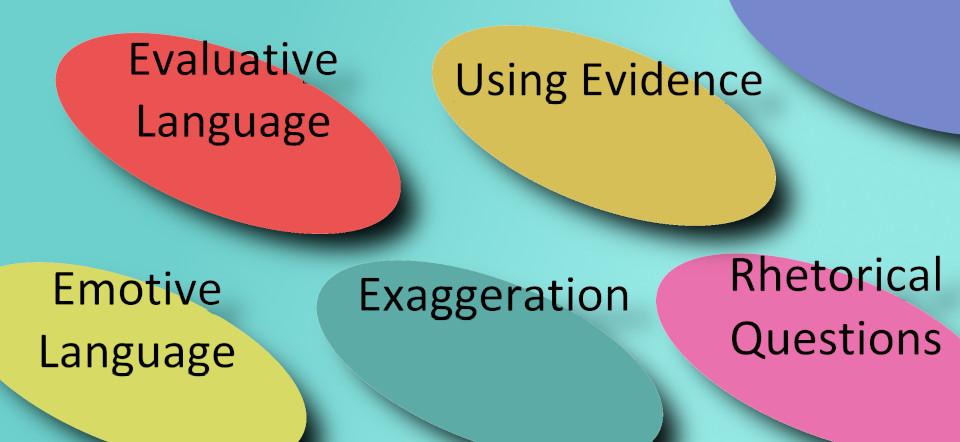
Persuasive devices are techniques used to influence and convince others of a particular point of view or belief. These devices are intentionally crafted to appeal to the emotions, engage the audience, and make a compelling argument. Common persuasive devices include repetition, metaphors, rhetorical questions, and emotive language. These techniques help to capture attention, strengthen arguments, and create a memorable message.
Learning persuasive devices is important because these tools allow us to effectively communicate our thoughts, ideas, and opinions. By understanding persuasive devices, students can both influence others and boost their critical thinking abilities. This article explains the persuasive devices students need to know and offers resources for teaching persuasive language effectively, whether in the classroom or at home.
How to Teach Persuasive Devices
It is important to introduce students to the concept of persuasion and its significance in various aspects of life. Real-world examples, such as advertisements and political speeches, illustrate the impact of persuasive devices and help students recognise their power. Part of the fun of persuasive units is watching the pitches about why they should be let out to lunch a little earlier get more and more creative!
Once the concept of persuasive language is established, it is time to begin focusing on specific persuasive devices such as using emotive words or powerful imagery to captivate an audience. Have students search for real-life examples of texts or advertisements that employ this device. What effect do these advertisements have on them? What role does the persuasive device play within the text?
After introducing a persuasive device and exploring in context how it can be used effectively, it’s important for students to be given opportunities to use the devices themselves. They could create an advertisement, write a persuasive letter, or engage in debates. Activities like these allow students to practise persuasive devices in a meaningful way. Check out our article 9 Persuasive Writing Activities for more ideas. When everyone in the room starts becoming that little bit more dramatic—that’s when you’ll know they (and you) have nailed it.
Persuasive Devices
Emotive Language
Emotive language is language that appeals to the emotions of the audience. It can effectively sway opinions and influence decision-making processes. One key characteristic of emotive language is its ability to create a strong emotional impact by employing vivid and evocative words. For example, instead of simply saying sad, emotive language might use words like heartbreaking or devastating. By choosing these descriptive terms, the speaker or writer aims to elicit sympathy or understanding from their audience. Another characteristic of emotive language is its tendency towards exaggeration in order to heighten emotional reactions.
Rhetorical Questions
A rhetorical question is a figure of speech that is used to make a point or emphasise an idea, rather than to ask for an actual response. It is a type of question that does not require an answer because the answer is either obvious or implied. Rhetorical questions allow the speaker or writer to present their viewpoint in an effective manner. For example, ‘Who doesn’t want to help look after the planet’? This question isn’t seeking genuine information; instead, it’s function is to make a point.
Hyperbole
Hyperbole is exaggerated statements or claims that are not meant to be taken literally. It is a tool that can be used to drive home a point and sway an audience’s opinion. By using over-the-top language and stretching the truth, speakers and writers can capture their audience’s attention and make their message more memorable.
Using Facts and Evidence
Facts and statistics strengthen arguments by providing concrete evidence. This persuasive language device appeals to logic (known as logos), making arguments more credible and convincing. Whether it is a debate on climate change or a sales pitch for a new product, understanding how to effectively use facts and statistics can make all the difference. This appeal to logic is known as logos.
Similes and Metaphors
Similes and metaphors are used to make comparisons, but they do so in different ways. A simile is a direct comparison between two things using the words like or as. On the other hand, a metaphor compares two things by saying one thing is another thing. Similes and metaphors can be used to engage an audience’s imagination, evoke emotions, and create a lasting impact. For these reasons, similes and metaphors are useful persuasive devices.
Modality
Modality refers to the degree of certainty or possibility. It helps speakers or writers convey their level of confidence in their statements and influence the audience’s perception of the information being presented. Modality can be categorised into two main types: high modality and low modality. High modality involves using strong and confident language to assert facts or make claims with conviction. This often includes words such as definitely, certainly, and always.
From advertising and politics to everyday conversations, understanding persuasive language devices can significantly enhance communication. Visit our Persuasive Language page for more resources to help students master the use of persuasive devices.
Related articles
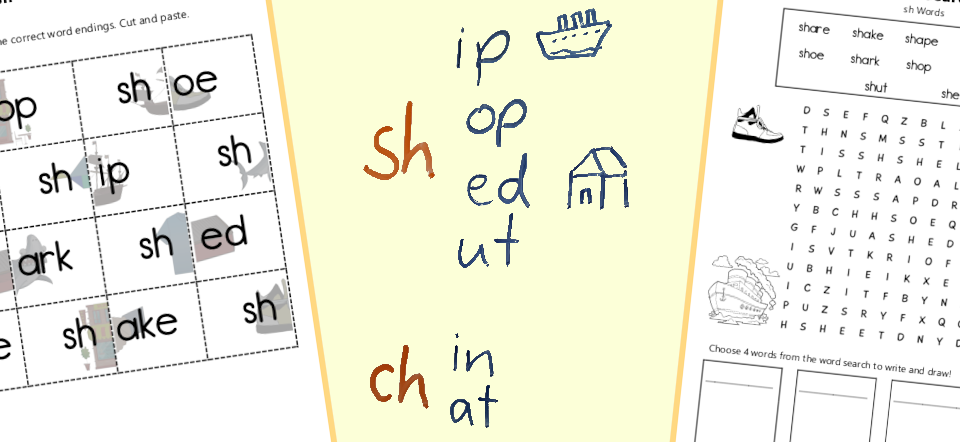
Free Printable Digraph Worksheets to Target Phonics
Browse a collection of free digraphs worksheets to help build phonics skills.
Read More
Keys to Reading: Phonics vs. Whole Language
Reading is an essential skill. How is it best taught to ensure success in school and beyond?
Read More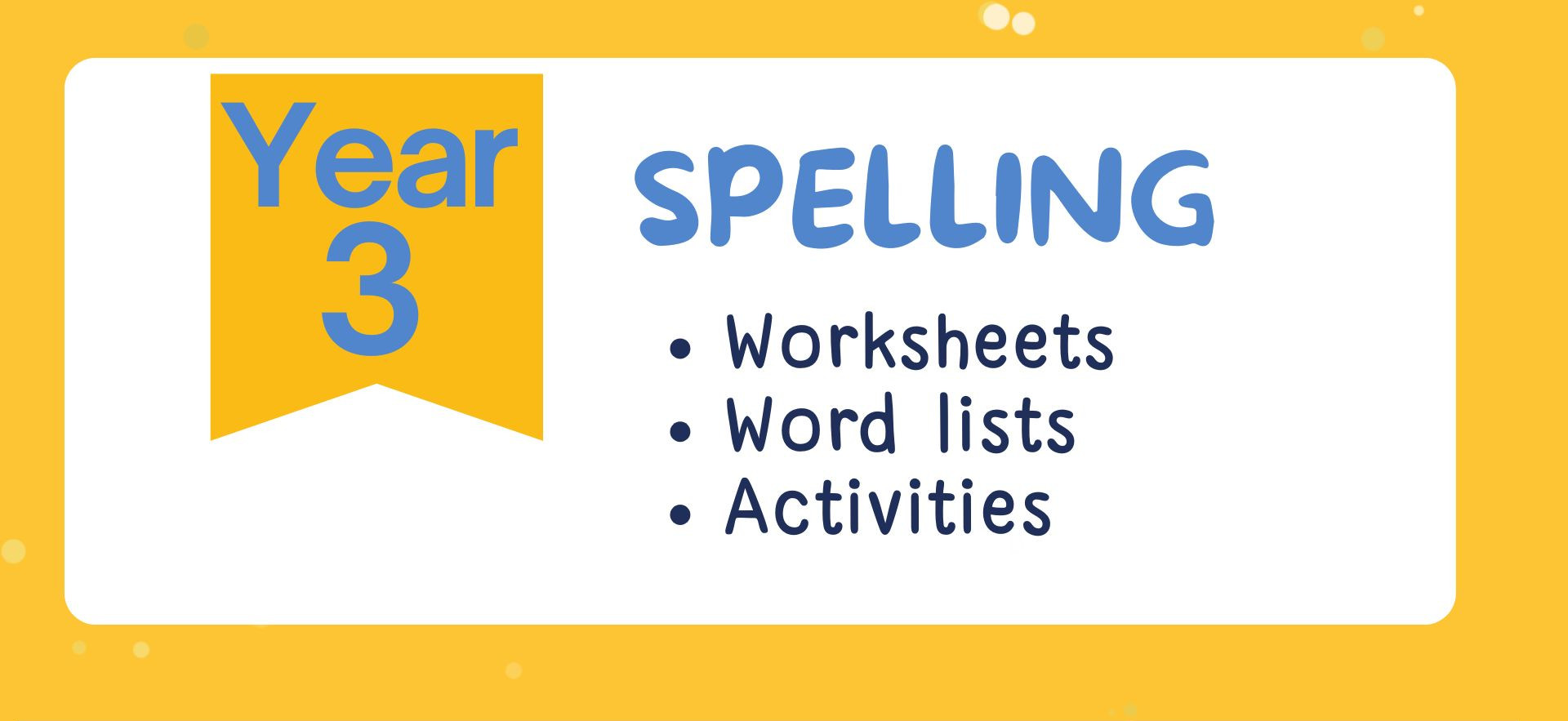
Free Year 3 Spellings Worksheets & More
Free Year 3 spelling worksheets and spelling word lists as well as activity ideas.
Read More







